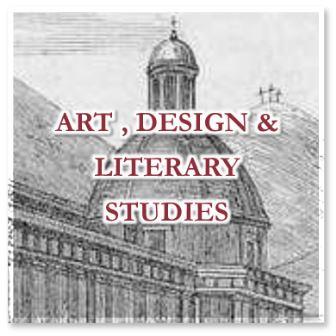
Art reveals the soul of a nation, and art studies say much about the inner world of a society. The soul of Lithuania, reflected in art and music, is filled with the sounds of nature and the colours of Northern Europe, with ancient folklore and the influences exerted on the Lithuanian worldview by the various currents of Western and Eastern art. The history of Lithuanian culture can be seen in works of art, from wooden sculptures and wooden altars in rural churches to postmodern installations, films and video art in modern art centres. Art in Lithuania is unique in many ways. Vilnius, for example, has the largest Baroque Old Town north of the Alps, which is on the UNESCO World Heritage List, while the Song and Dance Celebrations gather tens of thousands of amateur and professional artists for joint concerts and are included in the UNESCO Representative List of the Intangible Cultural Heritage of Humanity.
Art doesn’t only serve our spiritual life. Through design, it finds its way into everyday life. And the study of design is relevant to the construction of our world, be it technical design, web design or packaging design. Design is the discipline where art and social sciences such as psychology, economics or law intersect.
Lithuanian is widely regarded as the most archaic language in Europe, a sibling of Latin and Sanskrit. And it still impresses with its richness of words and concepts to describe colours, sounds, feelings and the relations between man and nature. Although the first book in Lithuanian was written only in the middle of the 16th century, Lithuania has accumulated a significant and very specific literary experience. It’ is worth recalling the European fame of Lithuanian poets in Latin, especially Matthias Casimirus Sarbievius, who was awarded a laurel wreath by Pope Urban VIII, something that only Dante Alighieri and Francesco Petrarch had previously managed. The character of Lithuanian literature was largely determined by the country’s turbulent past. The most significant names of Lithuanian authors date from the period of national rebirth at the end of the 19th century, when Tsarist Russia had banned the Latin alphabet, while book smugglers are still revered as national heroes. Lithuanian literature also had to spend more than 50 years under strict Soviet censorship and learn to write metaphorically in order to avoid sanctions and be published. This also explains why Lithuanian literature is so complex, with a wealth of symbols and mysterious meanings that readers have to decipher, with psychological depths that are incomprehensible to the censors but touch the soul of the nation and the hearts of readers.